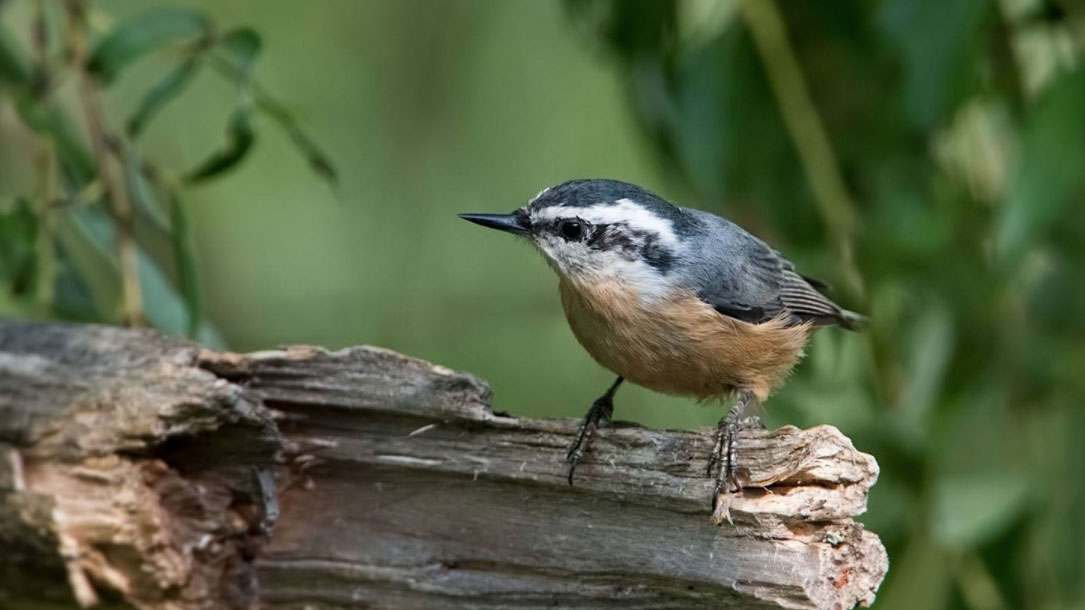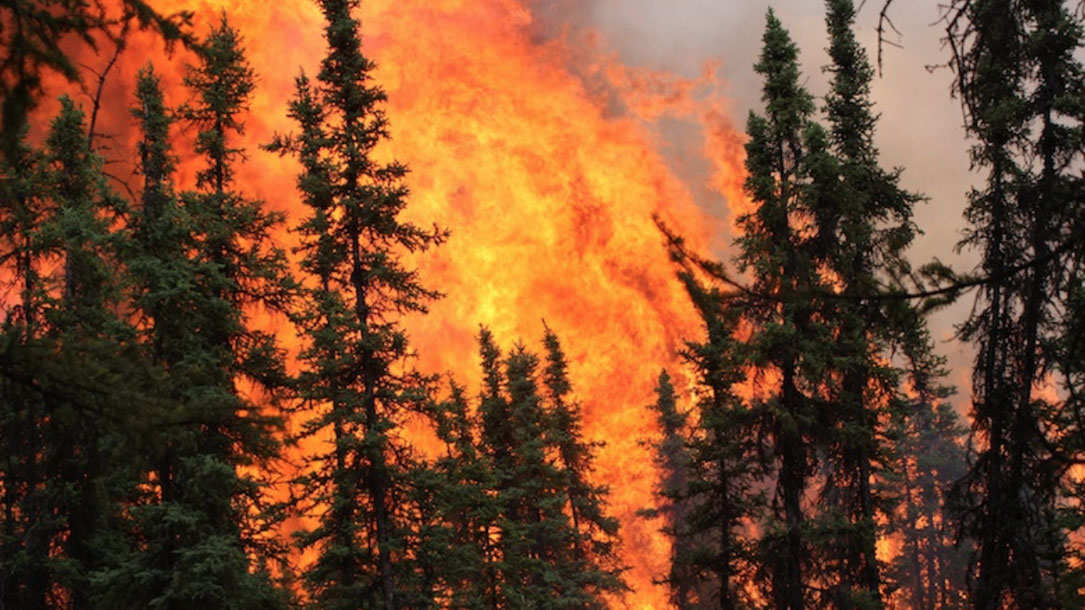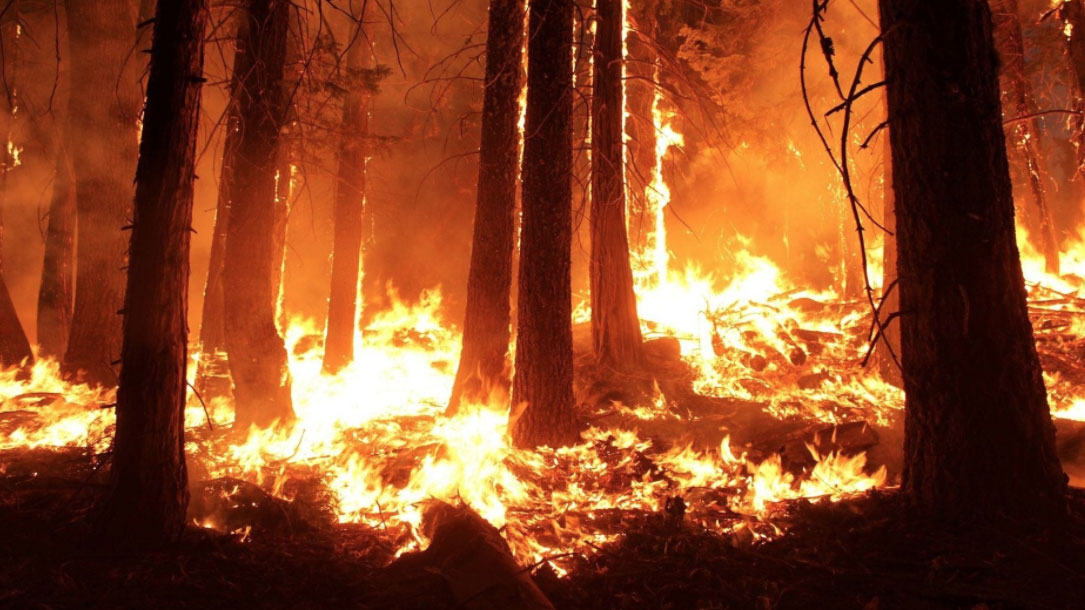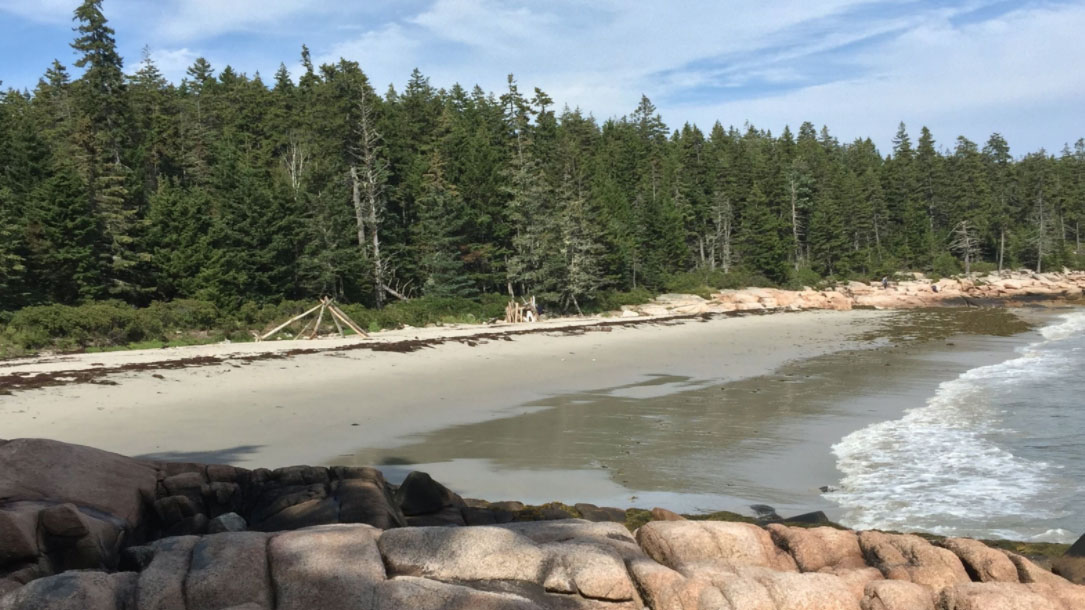
Structural complexity in forests improves carbon capture
Forests in the eastern United States that are structurally complex—meaning the arrangement of vegetation is varied throughout the physical space—sequester more carbon, according to a new study in Ecology, a journal of the Ecological Society of America…
“Many of the ecological indicators of forest growth and carbon sequestration fail to explicitly account for complexity,” Gough said. “These results, we hope, push the science forward by showing that how a forest is put together matters for carbon sequestration. And this relationship extends broadly to a number of different forests, from evergreen to deciduous and mid-Atlantic to Midwest.”

Are These Birds Better Than Computers at Predicting Hurricane Seasons?
“It was with some trepidation that, a little over a year ago, Christopher Heckscher tweeted a prediction: The 2018 Atlantic Ocean hurricane season would be stronger than average, with an accumulated cyclone energy—or ACE, a measure of the season’s intensity—somewhere between 70 and 150. His unease was understandable. Heckscher was publicly pitting his napkin-math projection against forecasts generated by state-of-the-art computer models churning through decades of meteorological data. And Heckscher isn’t even a meteorologist—he’s an ornithologist. The source of his data? A bunch of birds in Delaware.
Five months later, hurricane season was over and the results were in…”

Why is climate change’s 2°C limit of warming so important?
If you read or listen to almost any article about climate change, it’s likely to refer in some way to the “2°C limit.” The story might also mention the greatly increased risks if the climate exceeds 2°C and the catastrophic impacts to our world if we warm more than that…

Wildfires Could Permanently Alter Alaska’s Forest Composition
“This summer, Alaska has experienced record high temperatures and devastating wildfires. If such events become more frequent, how might that impact our northernmost forests? A team of researchers led by the Department of Energy’s Lawrence Berkeley National Laboratory (Berkeley Lab) projected that the combination of climate change and increased wildfires will cause the iconic evergreen conifer trees of Alaska to get pushed out in favor of broadleaf deciduous trees, which shed their leaves seasonally.
Using a well-tested ecosystem model called ecosys, they predicted that by the year 2100 the relative dominance of evergreen conifer trees (black spruce) will decline by 25% and non-woody herbaceous plants such as moss and lichen will decline by 66%, while broadleaf deciduous trees (aspen) will become dominant, nearly doubling in prevalence. With such large declines, this shift in vegetation will highly likely have reverberations for the entire ecosystem and climate…”

Is a solution to climate change at the top of centuries-old trees? (Part one-video)
This past month, researchers from a UN panel on climate change recommended a simple strategy to help stem climate change: planting trees around the globe. The Milarch family has been doing its part by running Archangel Ancient Tree Archive, where David Milarch and his son Jake collect samples from tall “champion” trees to grow and replant…

Global warming is pushing Pacific Salmon to the brink, federal scientists warn
The salmon populations that have persisted in Western rivers since the dam-building era have adapted to some water warming, and their sensitivity to climate factors has been incorporated in conservation plans, Crozier said.
But beyond two degrees Celsius of warming (3.6 degrees Fahrenheit) compared to the pre-industrial era, all bets are off, she said, because then the chances increase for significant changes in the ocean that could lead to a catastrophic failure of salmon populations…

Climate will increasingly determine post-fire tree regeneration success in low-elevation forests, Northern Rockies, USA
Climate change is expected to cause widespread shifts in the distribution and abundance of plant species through direct impacts on mortality, regeneration, and survival. At landscape scales, climate impacts will be strongly mediated by disturbances, such as wildfire, which catalyze shifts in species distributions through widespread mortality and by shaping the post-disturbance environment. We examined the potential for regional shifts in low-elevation tree species in response to wildfire and climate warming in low-elevation, dry mixed-conifer forests of the northern Rocky Mountains, USA.

Charred forests not growing back as expected in Pacific Northwest, researchers say
Camille Stevens-Rumann’s research has taken her from the charred forests of America’s Rocky Mountain ranges all the way to the Pacific Northwest, just south of the British Columbia border.
More recently, a 2019 study written by her colleague Kerry Kemp found that both Douglas fir and Ponderosa pine seedlings in Idaho’s Rocky Mountains—just south of B.C.—were also struggling in low-lying burned areas due to warmer temperatures, leading to lower tree densities.
[The] fertility of landscape is inconsistent, as dry heat in some areas has stripped the soil of its ability to support trees…

Natural climate solutions could offset 21% of U.S. emissions
“A collection of “low-tech, time-tested forest, farm, and land management techniques” could offset 21% of the United States’ greenhouse gas emissions, InsideClimate News reports, although it would take a carbon price of at least US$100 per ton for those strategies to meet U.S. targets under the 2015 Paris Agreement.
“It’s the same as if every car and truck in the country stopped polluting the climate,” said Joseph Fargione, science director for The Nature Conservancy North America region and lead author of the study published last week in the journal Science Advances. “There’s much bigger potential than most people realize…”

Atlantic Ocean ‘running out of breath’
“A huge international research programme has been launched to assess the health of the Atlantic Ocean.
The iAtlantic project is the biggest ever mounted in the planet’s second largest ocean.
It involves more than 30 partners, funded by the EU, and is being co-ordinated by Edinburgh University.
The scientists will use an array of hi-tech devices, including robot submarines, to scan the deep ocean from the Arctic to South America.
They want to assess the effects of climate change on plants and animals…”












